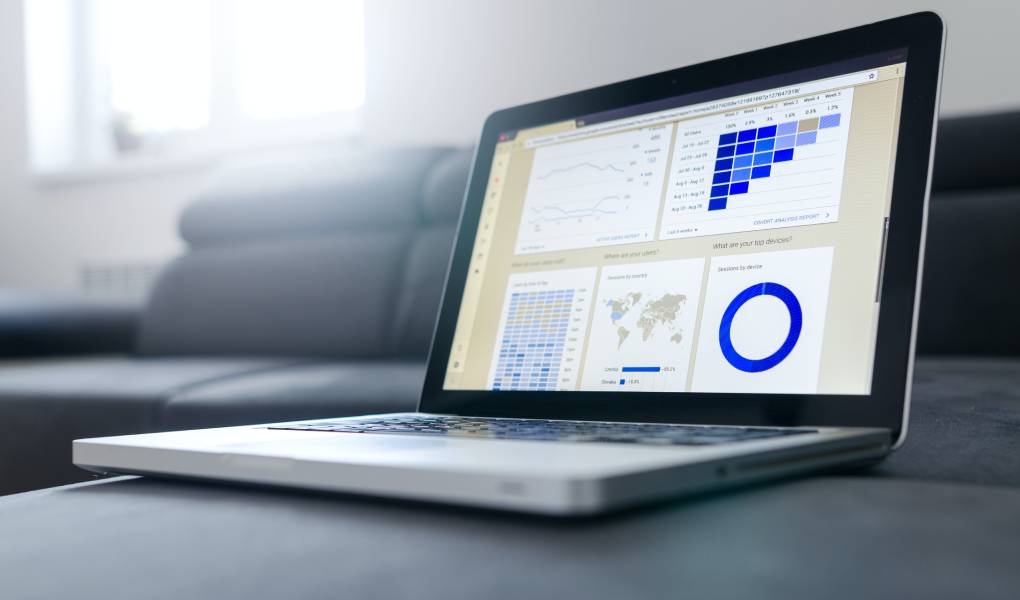The future of work is hybrid and remote: What does this mean for corporate IT infrastructure?
The article provides answers to the following questions, among others:
- What role does the IT infrastructure play in implementing decentralized working models?
- Why are decentralized data acquisition and centralized access the core elements of corporate IT of the future?
- How necessary is the hardware?
- What types of remote working are there?
- What other advantages does the decentralization of IT architecture have?
- Why should knowledge be recorded decentrally and collected centrally?
- Whether the company operates the infrastructure itself or outsources it, what role does it play?
Home office, hybrid work, decentralized work: The corona pandemic may have thrown the way companies work upside down, but the change in the world of work was already in full swing. Instead, it acted as a catalyst, accelerating processes that had begun long before. And she made it clear to everyone how necessary these change processes are.
Now that they have experienced how well-decentralized work works and what advantages it offers – from flexibility, effectiveness and speed to happier employees and more excellent customer proximity – companies in all industries will want to seize the opportunities of decentralized and flexible work. Many recognize the opportunities that arise when employees are not based at headquarters but can be where their solutions and services are used.
Of course, this also entails challenges: The IT infrastructure plays a key role here. It has to be reorganized if many employees no longer work primarily in the office or the workshop but can carry out their work from anywhere. However, additional opportunities arise with IT restructuring: Tasks ready to be carried out on-site can be digitized entirely in the future and integrated directly into the company’s IT. The leaps in efficiency that result from this can only be guessed today.
The Basic Principle: Decentralized Data Acquisition And Central Processing
Suppose you want to set up your IT systems to be fully optimized for remote and hybrid working models. In that case, you should consider one basic principle: Decentralized data acquisition and centralized access are the core elements of corporate IT of the future. This is the only way to combine the advantages of decentralized work with the efficiency of corporate IT, in which all the required data, information and communication channels are available to everyone at all times.
The first key factor is the decentralization of data collection. Edge computing makes it possible to collect and input data or forward information anywhere in the world. Employees must also be able to access data or reports to carry out their work quickly and efficiently. The IT architecture must therefore be structured so that any access points can be linked and communicated directly and without delay with one another and with the major IT company. Of course, security, especially securing remote access, plays a key role.
Don’t Neglect The Hardware.
The importance of the hardware side should not be underestimated. If work is to be made possible anywhere and in all situations, if more and more tasks are to be carried out directly on-site – even in inhospitable environments or in production plants, for example – if decentralized servers are used and live data acquisition is used, then conventional mobile devices are sufficient not from. Real remote and hybrid IT requires hardware that is tailored to it. It requires mobile devices that are robust and, at the same time, potent, flexible, network-capable and secure. Powerful laptops and tablets are already designed in such a way that they can do more than a laptop that is only intended to replace the office PC. They can be used as small servers that can handle complex field tasks to pass on the results. This also ensures that, for example, connection failures do not mean that work has to be stopped.
Remote Working Is Much More Than A Home Office.
Because the home office is just the beginning: Decentralized working offers many advantages. It’s not just about more flexibility, quality of life and incentives for employees but also about new opportunities to carry out and expand one’s activities. It is estimated that the sales force market alone will grow by around 20 per cent by 2030. With digitization, there are increasing opportunities to carry out more and more activities externally, for example, directly at the customer or project. This allows companies to open up new areas of activity and service, increase efficiency and strengthen customer relationships. This is the case, for example, when data measurement and processing, such as diagnostics in the event of faults or routine maintenance work, can be carried out directly on-site.
Decentralization of the IT architecture also has other advantages. The demographic change ensures that the average age of the total population is steadily increasing. As a result, the proportion of older employees is also increasing. This presents companies with growing challenges. Not only do employees have to be replaced when they retire. It is just as essential to preserving their knowledge and experience. Also, an IT infrastructure designed for efficient information collection and processing can help. Powerful end devices can improve knowledge storage and make it accessible, and technologies such as AI support mediation.
